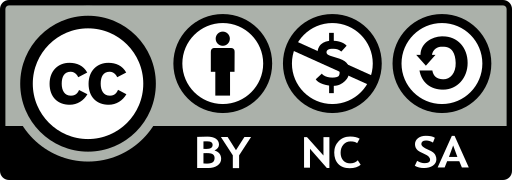Digital Twin Aided Channel Estimation: Zone-Specific Subspace Prediction and Calibration
Accepted at the 2025 IEEE International Conference on Machine Learning for Communication and Networking
Sadjad Alikhani, Ahmed Alkhateeb
Wireless Intelligence Lab, Arizona State University, USA

The figure illustrates the proposed zone-specific subspace prediction and calibration framework for channel estimation using digital twins. The BS designs precoders for each zone, enabling UEs to estimate the projection of real-world channels onto low-dimensional DT-based subspaces. Zones are defined by user subspace similarities on the Grassmann manifold. This approach significantly reduces CSI feedback overhead by leveraging channel sparsity and DT-based subspace detection. To address DT approximation errors, subspaces are further calibrated to optimize overhead and estimation accuracy.
Abstract
Effective channel estimation in sparse and high-dimensional environments is essential for next-generation wireless systems, particularly in large-scale MIMO deployments. This paper introduces a novel framework that leverages digital twins (DTs) as priors to enable efficient zone-specific subspace-based channel estimation (CE). Subspace-based CE significantly reduces feedback overhead by focusing on the dominant channel components, exploiting sparsity in the angular domain while preserving estimation accuracy. While DT channels may exhibit inaccuracies, their coarse-grained subspaces provide a powerful starting point, reducing the search space and accelerating convergence. The framework employs a two-step clustering process on the Grassmann manifold, combined with reinforcement learning (RL), to iteratively calibrate subspaces and align them with realworld counterparts. Simulations show that digital twins not only enable near-optimal performance but also enhance the accuracy of subspace calibration through RL, highlighting their potential as a step towards learnable digital twins.
Simulation Setup

This figure illustrates the geometric setup of the simulation scenario, which is the Indianapolis scenario in the DeepMIMO dataset. We define the scenario with a maximum of five propagation paths to users as the “real-world” scenario. Its corresponding “digital twin” is generated by perturbing the environment—shifting buildings by 2 meters in a random direction—and limiting the maximum number of paths to one.
Citation
S. Alikhani and A. Alkhateeb, ‘Digital Twin Aided Channel Estimation: Zone-Specific Subspace Prediction and Calibration’, arXiv [eess.SP]. 2025.
@misc{alikhani2025digital,
title={Digital Twin Aided Channel Estimation: Zone-Specific Subspace Prediction and Calibration},
author={Sadjad Alikhani and Ahmed Alkhateeb},
year={2025},
eprint={2501.02758},
archivePrefix={arXiv},
primaryClass={eess.SP}
}


